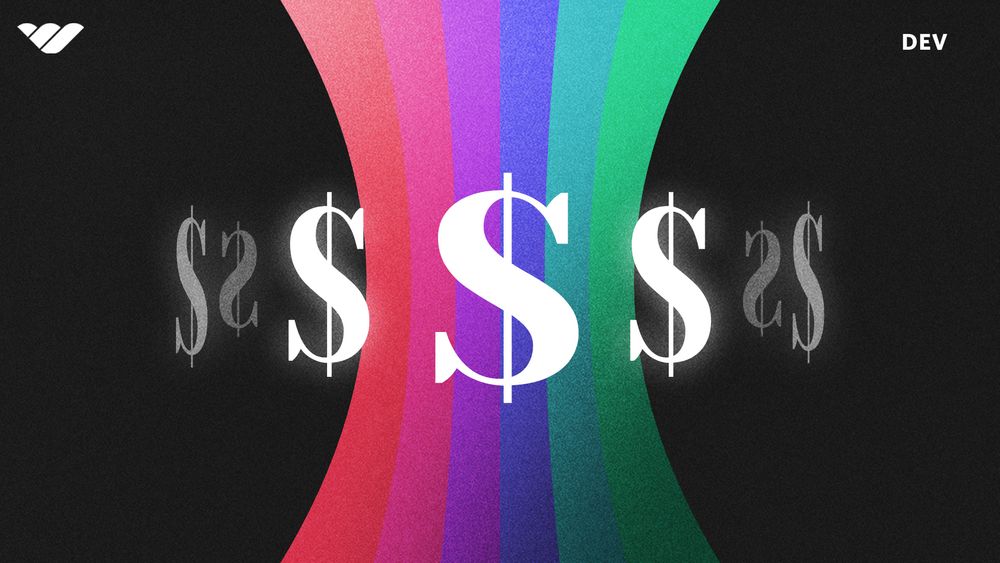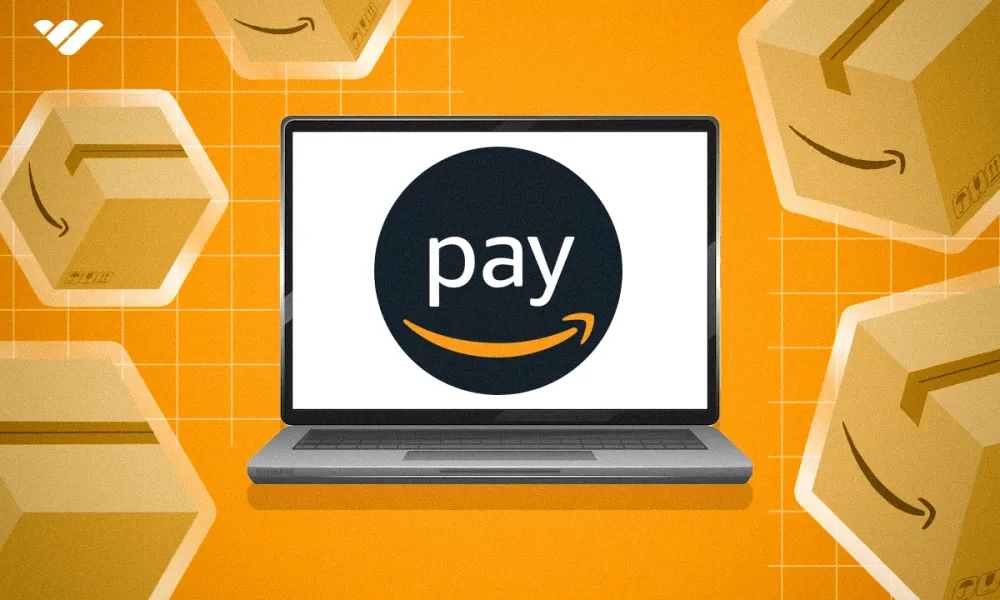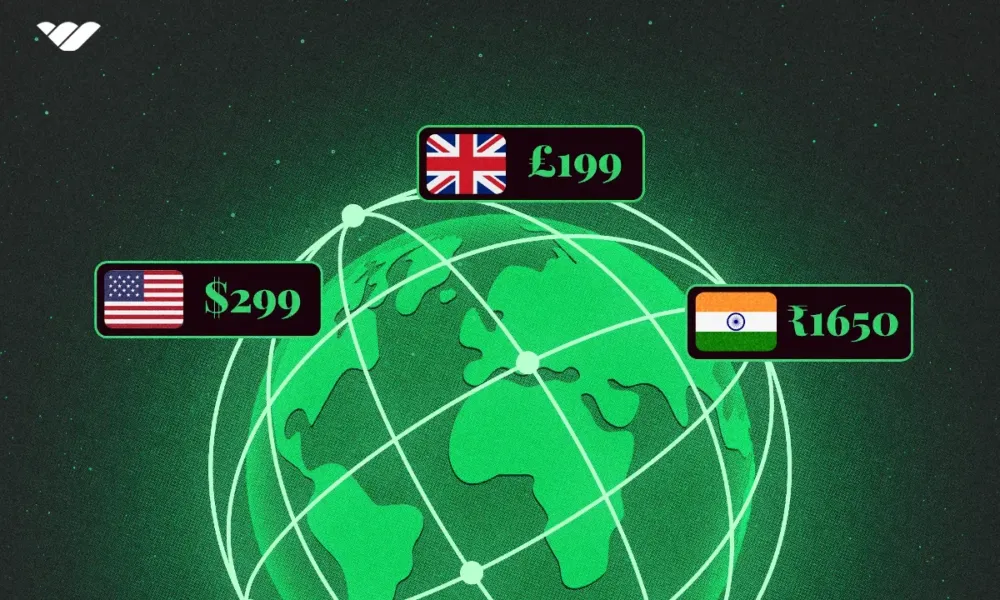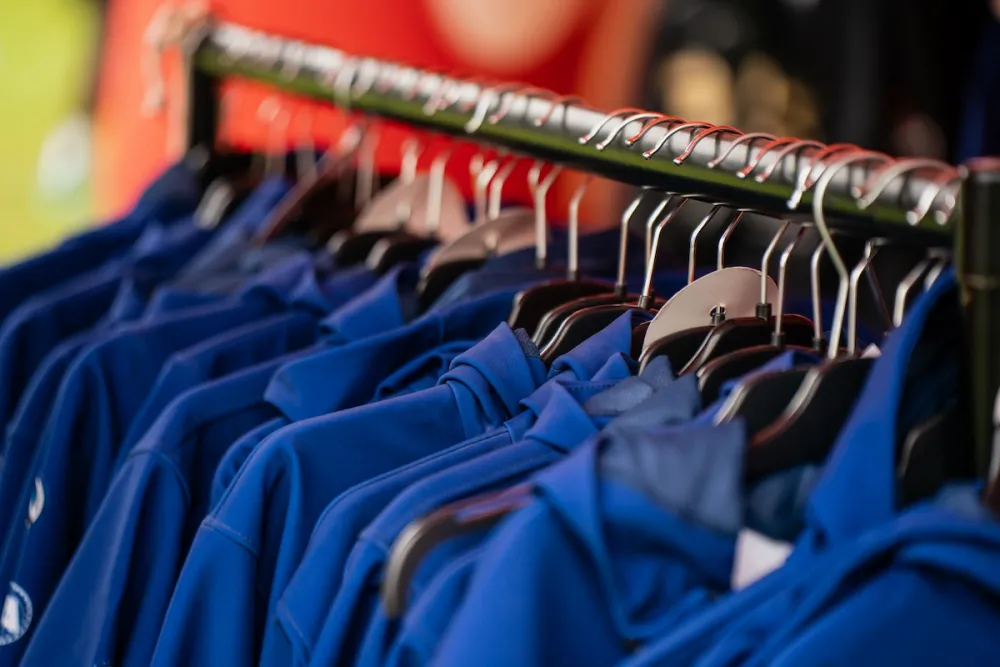Starting a clothing brand requires more than great designs—it’s about smart strategies too. This guide covers everything you need to know, from creating your first collection to building an online store, so you can launch with confidence.
Key takeaways
- The US fashion market is valued at $358 billion with 2.11% annual growth.
- Virtual try-ons have reduced fashion returns by approximately one-third.
- A quarter of online fashion purchases now happen directly through social media platforms.
- Fashion brands must work backwards, designing summer pieces by September of the previous year.
- Seventy-six percent of consumers now prefer shopping for clothes online.
Sure, you might have an amazing eye for design and killer skills with a sewing machine, but launching a successful clothing brand? That's a whole different ball game.
While knowing your way around pattern grading and draping is essential for creating those must-have pieces, turning your fashion dreams into a thriving business requires you to wear many more hats than just that of a designer.
But don't let that discourage you.
There's never been a better time to enter the fashion industry. The US fashion market is currently valued at over $358 billion, with a projected steady growth rate of 2.11% annually.
The rise of social media marketing, direct-to-consumer sales channels, and increasing demand for sustainable and unique fashion pieces has created unprecedented opportunities for new designers.
Small, nimble brands can now compete with established players by leveraging digital platforms and connecting directly with their target audience.
Whether you're dreaming of creating a luxury atelier or a streetwear sensation, we'll take you through a step-by-step approach to build your first clothing brand from the ground up.
The state of the fashion industry in 2025
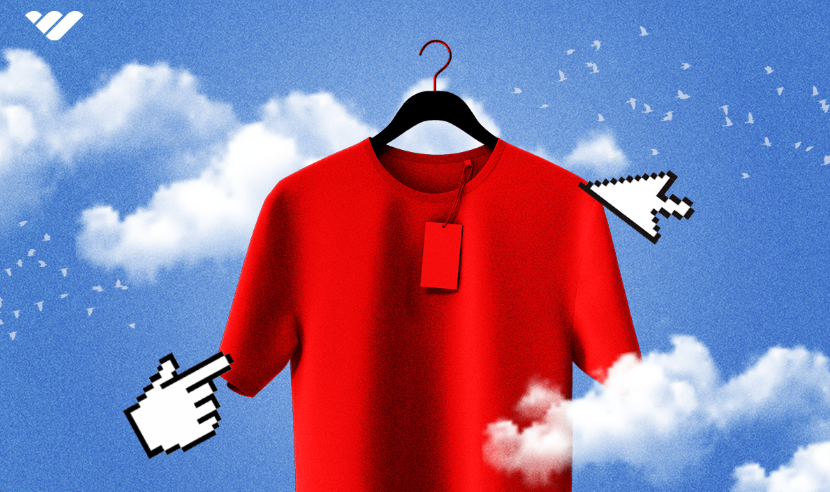
The fashion world is booming right now, hitting around $2.8 trillion globally - yeah, that's trillion with a T!
While things are growing steadily at about 3.5-4% each year, it's not the crazy growth we saw before the pandemic. Seems like everyone's being a bit more thoughtful about how they shop and what they buy.
Here's what's really shaking things up in fashion these days:
- Virtual try-ons are everywhere now, and they're pretty great! Remember those frustrating days of ordering three sizes of everything? Those might be behind us. The tech has gotten so good that returns have dropped by about a third, which is huge for both shoppers and stores.
- Second-hand and rental fashion isn't just a trend anymore - it's mainstream. Even the fancy luxury brands have jumped on board with their own pre-owned sections. Who would've thought Gucci would be reselling its own bags, right?
- Sustainability isn't just talk anymore. Fashion brands have to prove they're being eco-friendly. People are using apps to check the carbon footprint of their clothes before buying.
- The work-from-home vibe has stuck around, but it's evolved. People want clothes that work for both Zoom calls and coffee runs, and the line between "work clothes" and "casual clothes" has blurred.
Plus, social media has totally changed how we shop for clothes. About a quarter of all online fashion purchases now happen directly through social media platforms (just check out our guide to social selling).
When it comes to discovering new styles, short-form videos are still king. And now you can shop right from the video while watching someone style an outfit. As a result, it's a great time to start your own clothing brand.
Now let's talk about how.
10 steps to create your own clothing brand
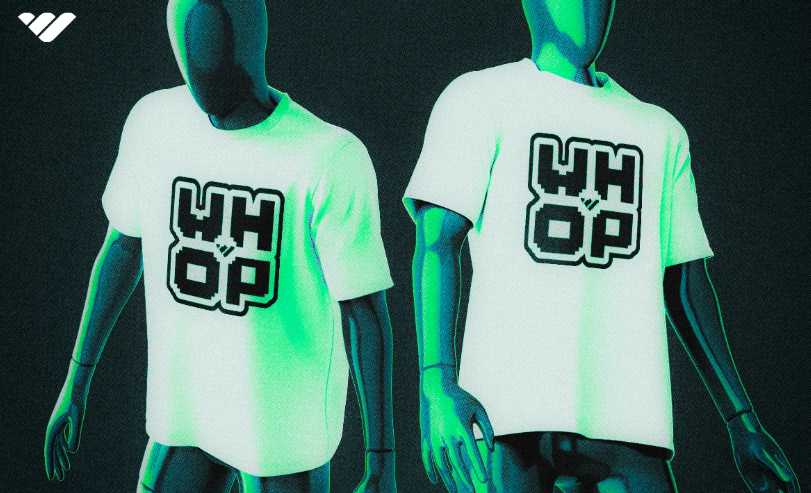
The fashion industry is waiting for fresh voices and bold ideas. Beyond creativity, raw passion fuels innovation and drives designers to push boundaries in ways that transform the industry.
Daymond John, founder of FUBU and Shark Tank investor, said, "I started FUBU with $40 worth of fabric at my mother's house in Queens. The first shirts we made were tie-top jerseys and screen-printed T-shirts. At first, we gave them away to rappers and sold them on consignment in local stores. Every single penny went right back into buying more fabric."
Starting your clothing brand puts you in the driver's seat of creative expression and entrepreneurship.
These ten essential steps will map your journey from initial concept to launching a brand that reflects your unique vision and connects with your target audience.
1. Develop your fashion design skills
Some of the biggest names in the industry never set foot in a design school. Look at Vivienne Westwood and Dapper Dan - they purely learned by doing.
Nowadays, you can pick up basic skills like sewing and pattern-making simply by watching tutorials online in your pajamas or joining fashion design communities on Whop.
Communities like VIP Trivoz Hustler Club helps you master the art of fashion branding while others like ZTO Full Access give you exclusive access to top manufacturers, proven ad strategies, and a supportive community to grow your fashion brand.
That said, fashion school has its perks.
You learn on professional equipment, network with industry insiders, and have your work critiqued by experienced designers. There's also value in learning in a structured environment. The bottomline is, whether you choose design school or teach yourself, what counts is how much heart you put into mastering your craft.
Sarah Donofrio, fashion designer and entrepreneur recommends you spend a few years learning the ropes from other designers. She says, “It took me a long time to be confident enough that I could fill a store with my clothing. I think that I needed the time to grow and to get advice and experience.”
2. Create a business plan
Choosing the right business model is one of the biggest decisions you'll face when starting your clothing line. This sets the tone for everything from how much money you'll need upfront to your daily operations.
Whop is home to thousands of business courses and communities where you can learn how to create a solid business plan and network with other aspiring entrepreneurs.
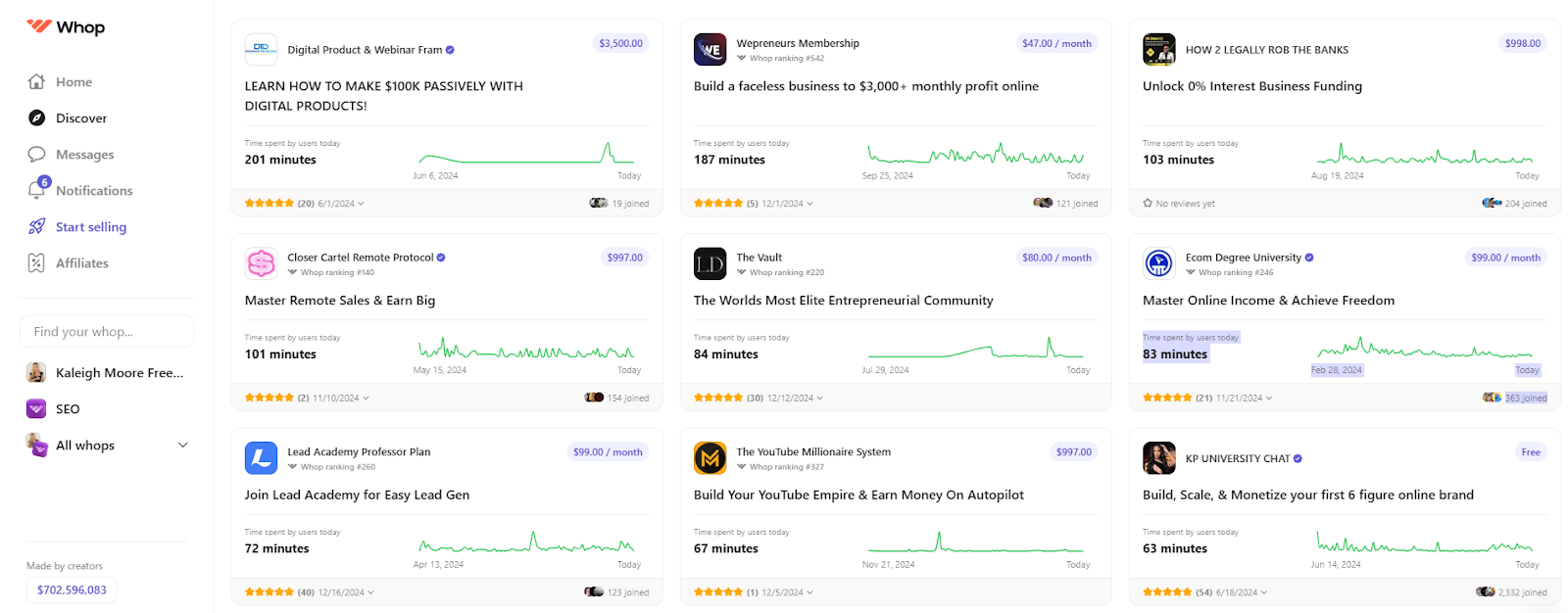
3. Design and develop your clothing line brand
As a part of your business plan you also need to choose how you are going to acquire your clothing items - are you making them yourself, having them made, or offering a print-on-demand service?
Let's take a look at these three options:
- Hand production:
Think of this as the artisan approach. You make everything yourself and sell directly to your customers, whether through your website or by setting up shop at local markets and pop-ups. It's perfect if you love being hands-on with creating clothes and want total control over quality. Plus, you get to meet your customers face-to-face. Just remember there's only so much you can make in a day. - Manufacturing partnership:
Ready to go bigger? Working with a manufacturer means you can produce larger collections of your designs. You'll spend time designing pieces and working with factories, then selling your clothes to retail stores that stock them. It takes more money to get started, but you can reach significantly more customers this way. - Print on demand:
A great way to dip your toes in the water before you go all in. You create awesome designs, but they only get printed on t-shirts or other items when someone places an order. You don't need to store inventory; you can run everything through your online store. The catch? You're limited to the blank garments your print service offers.
4. Set up production and manufacturing
Whether you're making the clothes yourself or having them created in a factory, you need a production and manufacturing process.
This process will include considering where the clothes are made, how the clothes are made, and who is making them.
5. Build pricing and inventory strategies for your clothing business
Now it's time to get down to business.
First, nail down your pricing strategy. See what similar brands are charging, but don't simply copy them. Think about what makes your pieces special and price them accordingly. If you use premium fabrics or ethical manufacturing, your customers will often understand paying more.
Here's a pro tip on the inventory front: start with a capsule collection. Pick a few key pieces that showcase your brand, rather than trying to stock everything under the sun.
This helps you test the waters without sinking all your savings into stock. Many successful brands start by partnering with small, flexible manufacturers who don't require huge minimum orders.
And remember, in fashion, timing is everything - plan your inventory around your launch dates and seasonal peaks. More about that in the next step.
You may also be interested in...
- What is a premium pricing strategy?
- How to sell on Amazon without holding inventory
- Reselling clothes 101: How to make money thrifting
6. Plan your collections around fashion seasons
Let's talk about one of the trickiest parts of starting a clothing brand - planning your collections around fashion seasons.
Fashion runs on its own calendar, with four main seasons: Spring/Summer and Fall/Winter (the big ones), plus Resort and Pre-Fall collections. What catches many newcomers off guard is, you need to work way ahead of actual seasons.
Think designing sundresses in the dead of winter.
My advice? When you're just starting out, keep it simple and stick to the two main seasons. It's plenty to handle at first. Think about where your customers live and what their lives are like. Someone in Miami has very different needs than someone in Minneapolis, right?
Don't forget to work backwards with your timeline. If you want those breezy summer dresses in stores by May, you'll need to start working on them around September of the previous year. It sounds crazy, but that's fashion for you!
7. Pitch your clothing line to fashion retailers
Trust me, it's not as scary as it sounds. Start by doing your homework on the stores you're targeting.
You want to make sure your edgy streetwear isn't being pitched to a boutique that only sells classic business attire. Get your materials in order with a killer lookbook that shows off your best pieces, and make sure you've got all your wholesale prices and delivery dates figured out.
When you're ready to reach out, skip the generic "Dear Sir/Madam" emails. Connect with buyers personally, maybe through LinkedIn or industry events. Tell them what makes your brand special.
Maybe it's your sustainable materials or your unique take on everyday basics. Start with smaller boutiques in your area; they're often more open to giving new designers a shot.
When you land that meeting, bring your A-game and your actual garments. There's nothing like letting buyers feel the quality of your pieces firsthand. And hey, be ready to talk numbers, but also be ready to negotiate - it's all part of the game.
Julie Gilhart, former Fashion Director at Barneys New York, shared in an interview with Business of Fashion, “When young designers come to me, the first thing I look for is if they have a clear point of view. Are they showing me something I haven't seen before? Do they understand who their customer is? You'd be surprised how many people come in with beautiful clothes but can't tell me why a customer would want to buy them.”
8. Build your online clothing store
Did you know that 76% of people now prefer to shop for clothes online? It's not as tough as you might think to build your own store. Most people go with Shopify or WooCommerce since they make it pretty straightforward - they handle all the boring stuff like payments and inventory tracking for you.
Plus, they've got cool themes you can use to make your store look exactly how you want it.
Focus on making your product pages look awesome. Get some great photos of your clothes, write descriptions that sound like you (not some robot), and ensure people know exactly how your stuff fits. Nobody likes playing the guessing game with sizes.
Keep things simple — make it super easy for people to buy from you. Let them pay however they want, whether it's credit card, PayPal or other options. Make sure your store works perfectly on mobile.
Don't forget the basics like order confirmations and shipping updates; people want to know where their stuff is.
9. Market your clothing business online
Getting your clothes in front of the right people starts with eye-catching content on social media.
Post stunning photos of your pieces, show people behind the scenes of your brand (trust me, they love that stuff), and don't forget to use hashtags to get more eyeballs on your posts.
Team up with smaller influencers who match your vibe - they often have super engaged followers who trust what they say. Plus, they won't break the bank like the mega-influencers.
Set up a website that's easy to navigate (nobody likes a confusing checkout process), and jump on the email marketing train to keep your customers in the loop with new drops and special deals. You can create your own whop to promote your clothing brand too with a small community, forum, and a Whop Wheel for giveaways.
And yeah, you might want to throw some money at Instagram and Facebook ads. They're pretty good at finding the right people who'll dig your stuff. Just keep an eye on what's working and what's not.
- Ecommerce marketing strategies to increase your sales
- What is a marketing funnel (and do you need one)? Expert strategies to scale your business
10. Learn from the pros
Skip learning the hard way and take a page from the pros who've been there and done that.
These industry veterans share tons of gold nuggets through their interviews, podcasts, and social posts, covering everything from where to get the best materials to building a loyal fan base.
Jump on Instagram and LinkedIn to follow some big names in fashion; they often give sneak peeks into their business world and drop serious knowledge.
Heavy hitters like DVF and Tom Ford always stress one thing: have your own unique style, but know what people want to buy. Ralph Lauren nailed this idea when he said, "I don't design clothes. I design dreams."
That kind of big-picture thinking turns a clothing line into an empire.
And, remember to get out there. Hit up fashion events, runway shows, and trade fairs. Nothing beats meeting industry pros face-to-face. It's a chance to see how successful brands work their magic in real time.
Funding your fashion brand
Starting a fashion brand is about more than just great style - you've got to figure out the money side too. Whether you're dipping into your savings, looking for investors, or checking out crowdfunding, there are tons of ways to fund your dream.
Let's break down how to get your brand the cash it needs.
Initial investment assessment
Starting a fashion brand isn't cheap - you've got to think about everything from designing your pieces to getting them made and telling people about them.
Sit down and work out what you'll need for at least the first two years. Don't forget about seasonal collections and keeping enough stock on hand.
Self-funding options
Ever heard "start small, dream big"? That's what self-funding is all about. A lot of today's successful brands started with the founder's savings. You could kick things off with a small collection to test the waters. A cool trick is using pre-orders - it lets you get money in before you start making anything.
Traditional funding sources
Banks aren't just for keeping your money safe - they can help get your brand off the ground too. You'll need a solid plan and usually something to offer as security, but some banks actually get the fashion industry and want to help. Getting friendly with your bank early on can pay off when you need more cash later.
Alternative funding methods
Crowdfunding is super hot right now in fashion. Platforms like Kickstarter let you show off your ideas while raising money and finding your first customers. There are also investors who specifically love fashion brands - they'll want a piece of your business, but they can bring in serious money and connections.
Fashion industry-specific resources
Fashion incubators and accelerator programs are like boot camps for new brands - they often come with funding and connect you with people who've been there, done that. Some run competitions where you can win money and get help growing your business.
Strategic partnerships
Sometimes teaming up is the way to go. Established retailers or manufacturers might help fund you if they can sell or make your stuff exclusively. Fashion organizations often have grants up for grabs too.
Remember, you don't need all the money at once. Start small, prove people want what you're making, and grow from there. Success stories often start with just enough cash to get the ball rolling.
Real-life examples of entrepreneurs who started successful clothing brands
Ever wondered how some people turned their simple clothing ideas into massive success stories?
From kitchen table startups to billion-dollar companies, these entrepreneurs refused to give up when things got tough. Here's a look at some game-changers who shook up the fashion industry with their brilliant ideas.
Sara Blakely - SPANX
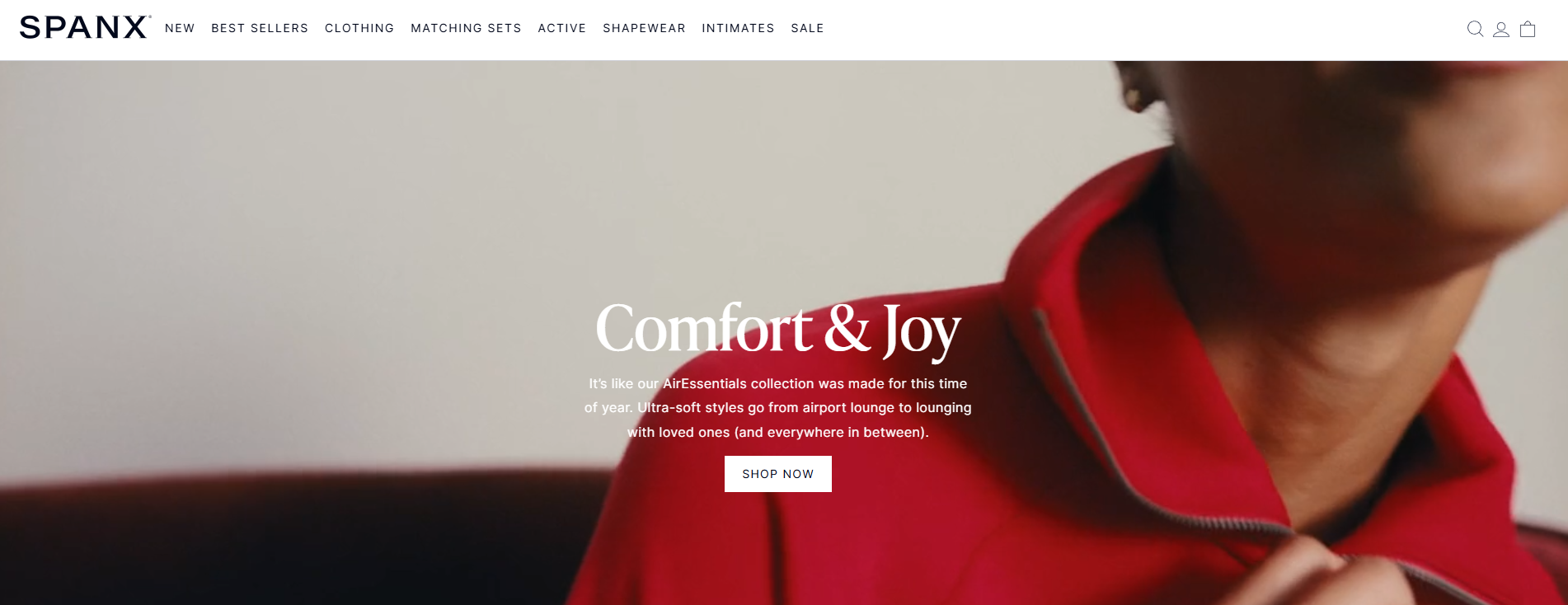
Sara started Spanx in 2000 with just $5,000 of her personal savings. While working as a fax machine salesperson, she noticed a gap in the market for comfortable shapewear.
She developed her first prototype by cutting the feet off pantyhose. After getting rejected by multiple manufacturers, she finally found one willing to produce her design.
Her big break came when Oprah named Spanx one of her "Favorite Things." Within its first year, Spanx earned $4 million in revenue. In 2021, Blackstone acquired a majority stake in the company at a $1.2 billion valuation.
Blakely maintained significant ownership and remained heavily involved in the company's operations.
Yvon Chouinard - Patagonia
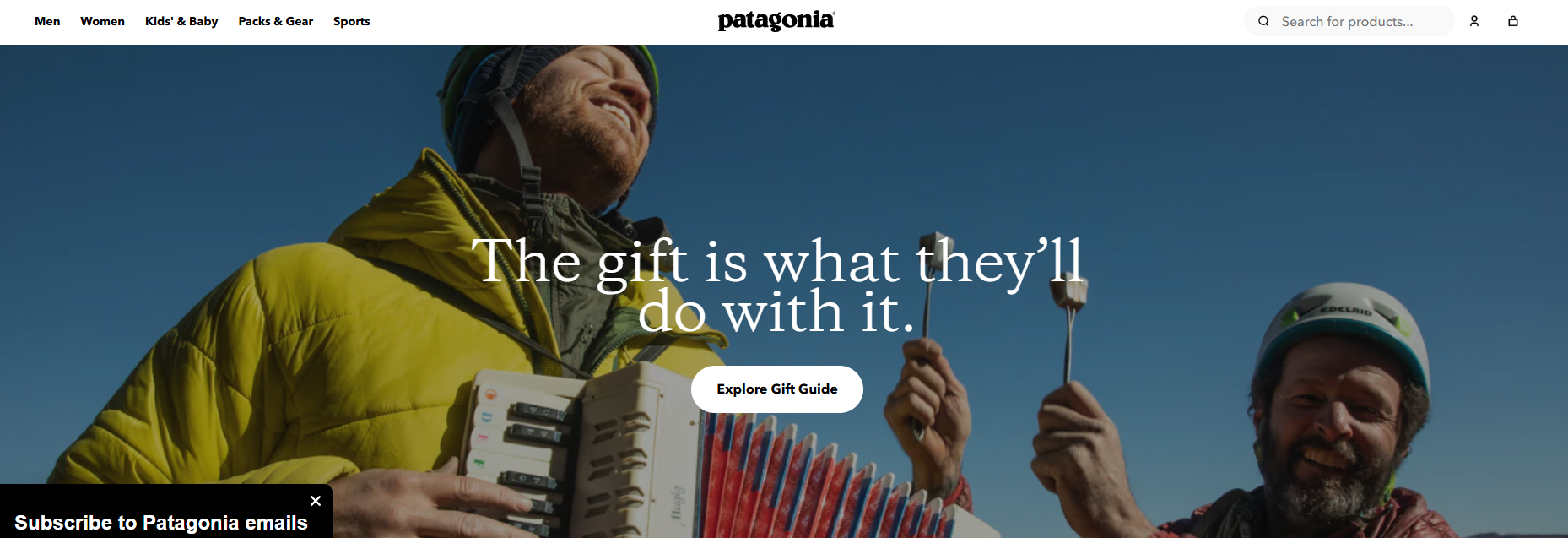
Chouinard's journey began in 1957 when he started making climbing gear. He noticed climbers needed better clothing for their activities, which led him to start Patagonia in 1973.
The company's breakthrough came with their innovative rugby shirts and lightweight polyester fleece jackets. What set them apart was their commitment to environmental sustainability - they were early adopters of organic cotton and pioneered recycled polyester use in outdoor clothing.
In 2022, Chouinard made headlines by transferring ownership of Patagonia (valued at $3 billion) to a trust and nonprofit organization dedicated to fighting climate change, ensuring all profits would go toward environmental causes.
Jeff Bezos and Dick and Elise Cabela - KUHL
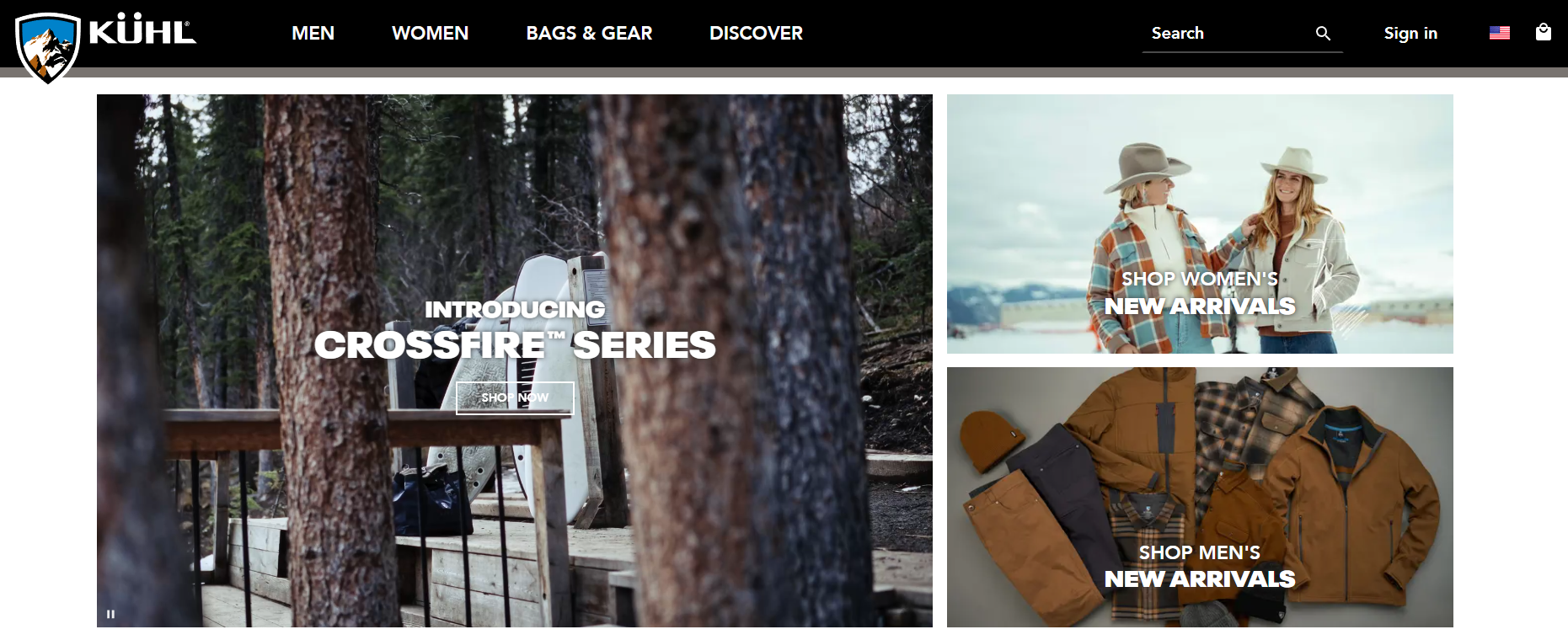
The KUHL story began in 1983 when John "Alf" Engwall started making hats in his garage to support his ski racing career. He partnered with Conrad Anker, who was then an unknown climber, to develop technical outdoor clothing.
The company was originally called Alfwear but rebranded to KUHL in 2004. What made them unique was their focus on developing proprietary fabrics and innovative designs specifically for outdoor activities.
They deliberately stayed private and rejected venture capital to maintain control over their product quality and company culture. Today, KUHL is one of the largest independent outdoor clothing brands in the US.
Johnny Earle - Johnny Cupcakes
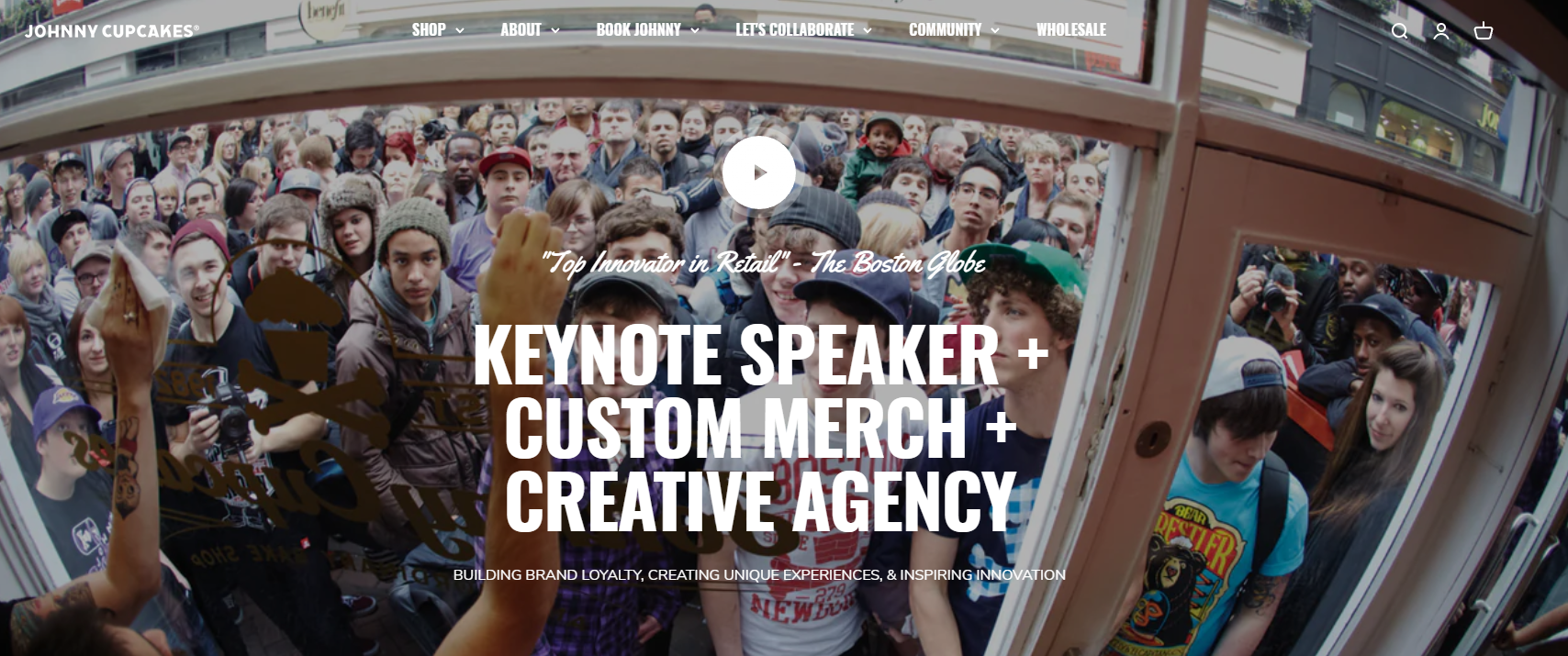
Johnny Earle transformed a simple t-shirt business into the distinctive Johnny Cupcakes brand in 2001.
Starting with $6,000 and a car trunk full of shirts while working at a record store, he developed an innovative retail concept: presenting t-shirts as if they were freshly baked goods.
His stores became experiential spaces designed like industrial bakeries, featuring shirts displayed in refrigerators and on baking racks. This creative approach caught on quickly, and by 2008 the company was generating $3.8 million in annual revenue.
Daymond John - FUBU
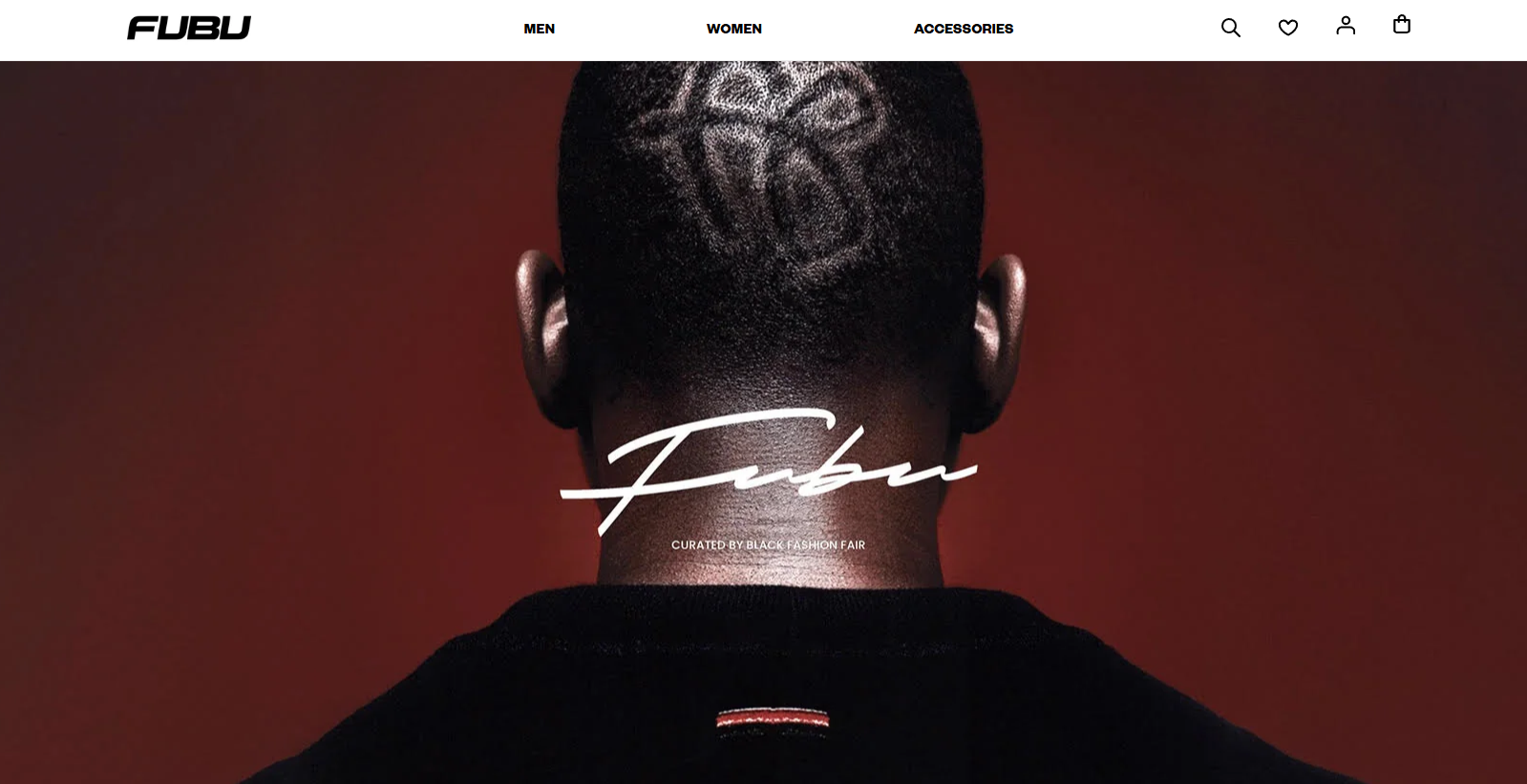
FUBU's story began in 1992 when Daymond John started making wool beanies with friends in Queens, New York.
Taking a significant risk, he mortgaged his mother's house for $100,000 to fund the business. John's insight was recognizing the untapped potential in urban fashion that authentically represented hip-hop culture.
Rather than paying for traditional advertising, he built the brand by getting rappers to wear FUBU in music videos, creating genuine connections with his target market.
This strategy proved remarkably effective, helping FUBU grow from a small local operation to achieving over $6 billion in global sales.
Future proofing your clothing brand
Let's talk about keeping your clothing brand ahead of the curve in today's fast-moving fashion world.
The fashion landscape keeps shifting. Right now, it's all about sustainability and going digital. Today's shoppers want to peek behind the curtain – they're asking questions like "Who made my clothes?" and "What's the environmental impact?"
They're drawn to brands that walk the talk when it comes to being eco-friendly and ethical.
On the tech front, things are getting pretty exciting. Imagine letting your customers try on clothes virtually using AR or AI to perfectly predict what styles to stock. Some brands even use blockchain to show where their materials come from, while others are experimenting with 3D printing to create custom pieces.
To stay in the game, you'll need to embrace these changes while staying true to your brand's DNA. That means getting comfortable with digital tools but also keeping that human touch. Having solid data about your customers' preferences is pure gold.
Want to know where the real opportunities are?
Keep an eye on Asian markets; they're booming with tech-savvy shoppers. There's also a new world of circular fashion opening up – think rental services and resale platforms.
Pro tip: teaming up with tech companies or sustainable material innovators could set you apart.
How Whop can support your entrepreneurial journey
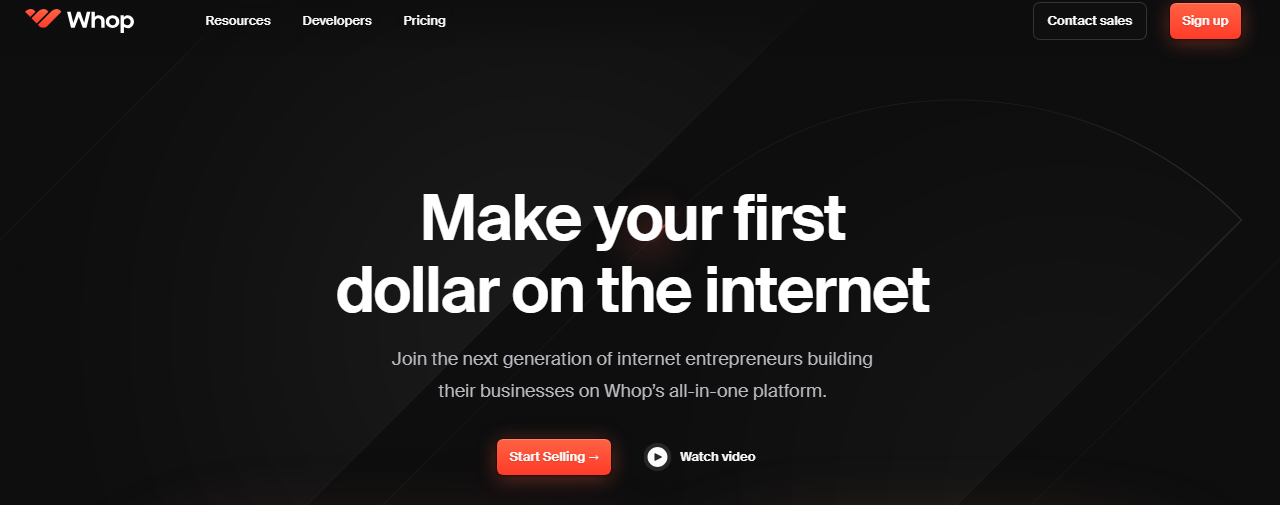
Whop is your launchpad to making your first million online. It's your one-stop shop for everything you need to get your online business off the ground and make it profitable.
Remember, you're not in this alone. The communities on Whop are full of people who are grinding it out just like you.
Got a random question about Facebook ads at 2 AM? There's probably someone in the community who's dealt with the same thing and can help you out.
Plus, you can jump into discussions, share what's working (and what's not), and learn from others who are a few steps ahead of you on the journey.
If you're not ready to go all-in with your own clothing brand yet, Whop's got you covered with dropshipping courses. It's a great way to get your feet wet in ecommerce without risking your life savings. You can learn the ropes, figure out what sells, and understand how online businesses really work before launching your own label.
And when it comes to the money side of things (because let's face it, that's super important), Whop hosts communities that offers business courses that break it all down.
You'll learn how to make money and keep it - no fancy business degree required. They teach you the real stuff you need to know to run a profitable business, not just theoretical concepts.
Think of Whop as your entrepreneurial sidekick - it's there to help you avoid the usual rookie mistakes and fast-track your way to success in the online world. The platform gives you everything you need to turn your business dreams into reality, without having to figure it all out by yourself.
Just browse Whop's Discover page and you'll find thousands of communities that can help you on your way to building a clothing brand empire, helping you out with everything from building an ecommerce store, to sourcing manufacturers, to promoting your brand on social media.
What are you waiting for?
FAQs
Starting a clothing brand is an exciting venture that combines creativity with entrepreneurship. Whether you're a fashion enthusiast or a business-minded individual, this guide will answer common questions about turning your clothing brand dreams into reality.
How to start a clothing brand online?
Start with a unique design concept and target audience in mind. Create a few sample pieces, set up an e-commerce site through platforms like Shopify, and build your brand on social media. Connect with reliable manufacturers and start small with pre-orders to test the market.
How much does it cost to start a clothing brand?
The cost to start a clothing brand can range from $5,000 to $50,000 initially. The bare minimum covers basics like business registration, simple designs, small inventory, and marketing. Costs jump if you want professional design, quality manufacturing, and stronger branding.
How to start a clothing brand with no money?
Start with print-on-demand services like Printful - this way you won't need money for inventory. Create your unique designs and showcase them on free social media platforms. As you build a following, reach out to micro-influencers who'll promote your brand in exchange for products.
Are clothing businesses typically profitable?
Running a clothing business can definitely make money, but it depends on things like where you fit in the market, how well you run things, and how strong your brand is.
A lot of businesses struggle because there's plenty of competition, shoppers keep changing what they want, and keeping the right amount of inventory is tricky. But if you run things well and build a solid brand identity with smart marketing, you can make it work - especially if you focus on a specific niche or go after the luxury market.
What is the first thing I need to do to start my own clothing line?
Building a successful clothing brand all starts with an amazing idea. Take your time to really nail down what makes your brand special and who you want to sell to. Getting clear on these basics will help you build a strong brand identity - which is super important before moving on to all the other steps of launching your clothing line.


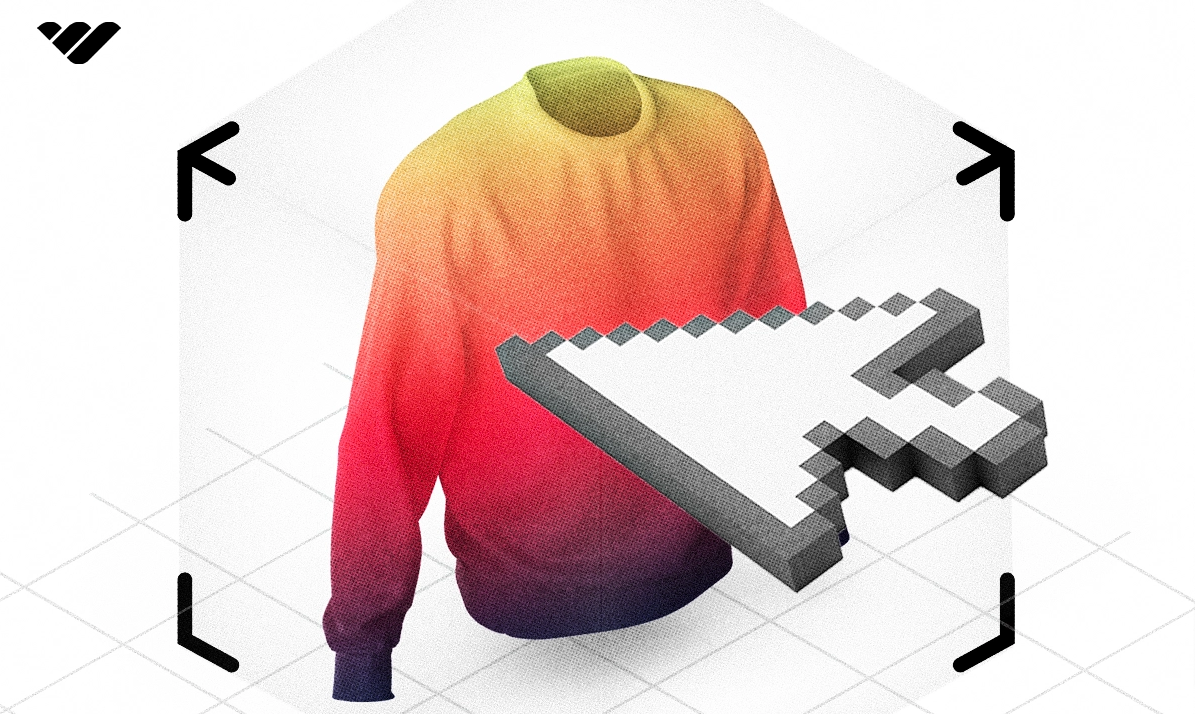
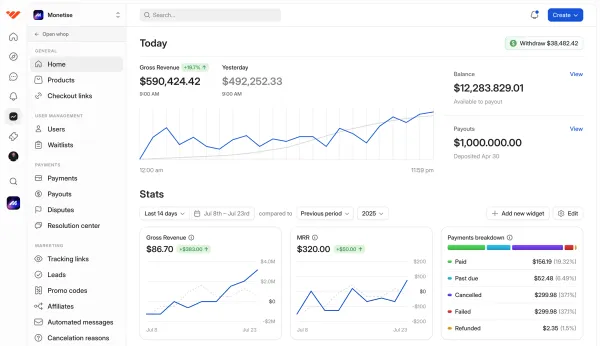
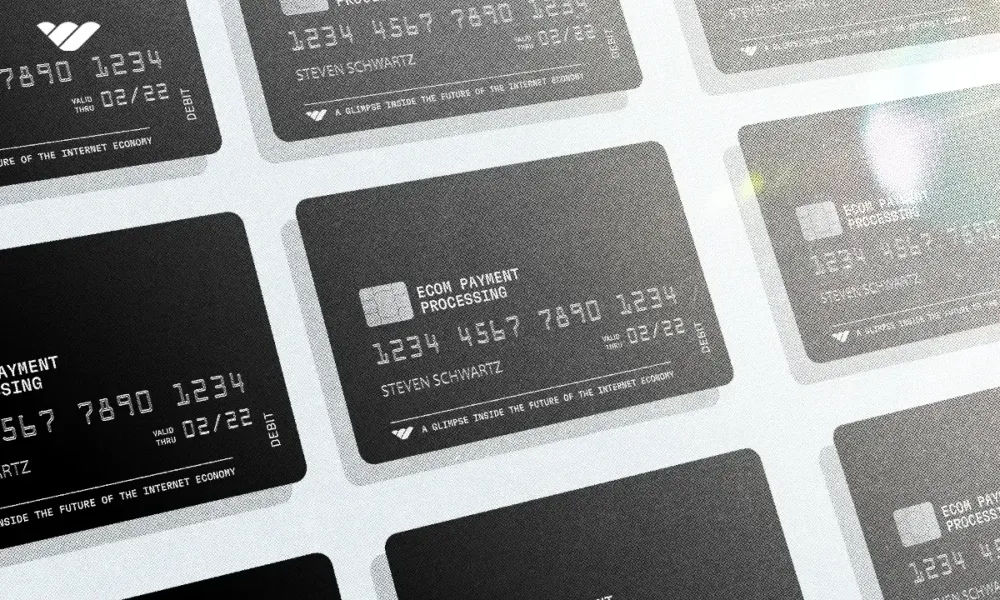
![8 best BNPL providers for your business [2026]](/blog/content/images/size/w1000/2024/08/X-Best-BNPL-Companies--buy-now--pay-later--for-your-business.webp)
![How to sell digital products without a website - ultimate guide [2026]](/blog/content/images/size/w1000/2024/02/How-to-Sell-Digital-Products.webp)

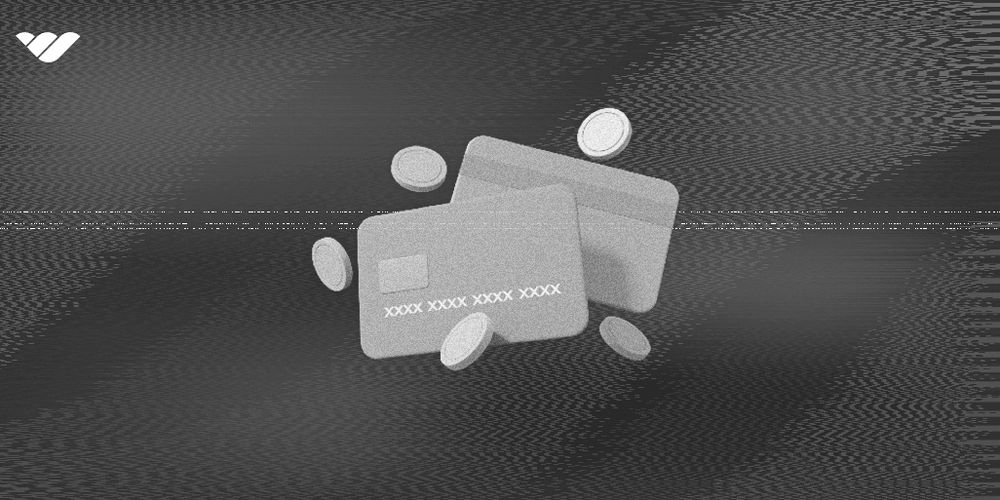
![12 best payment processing companies for ecommerce [2026]](/blog/content/images/size/w1000/2024/10/Top-10-Payment-Processing-Companies-for-Ecommerce-Feature-Image.png)

